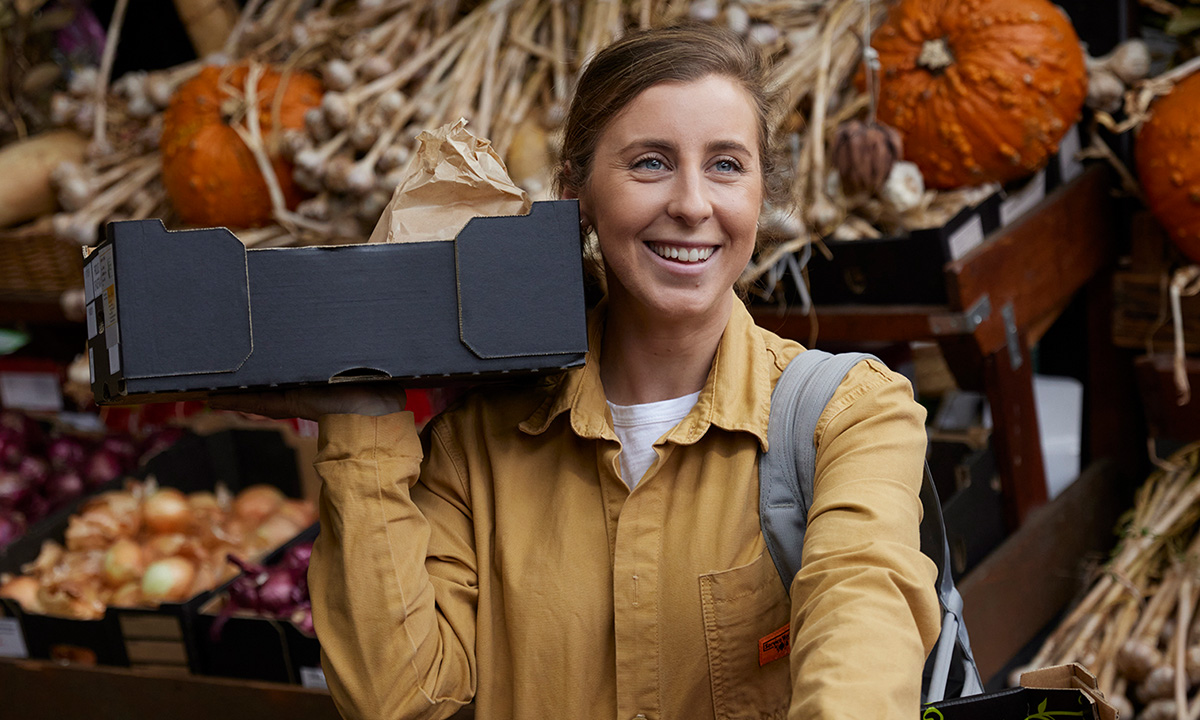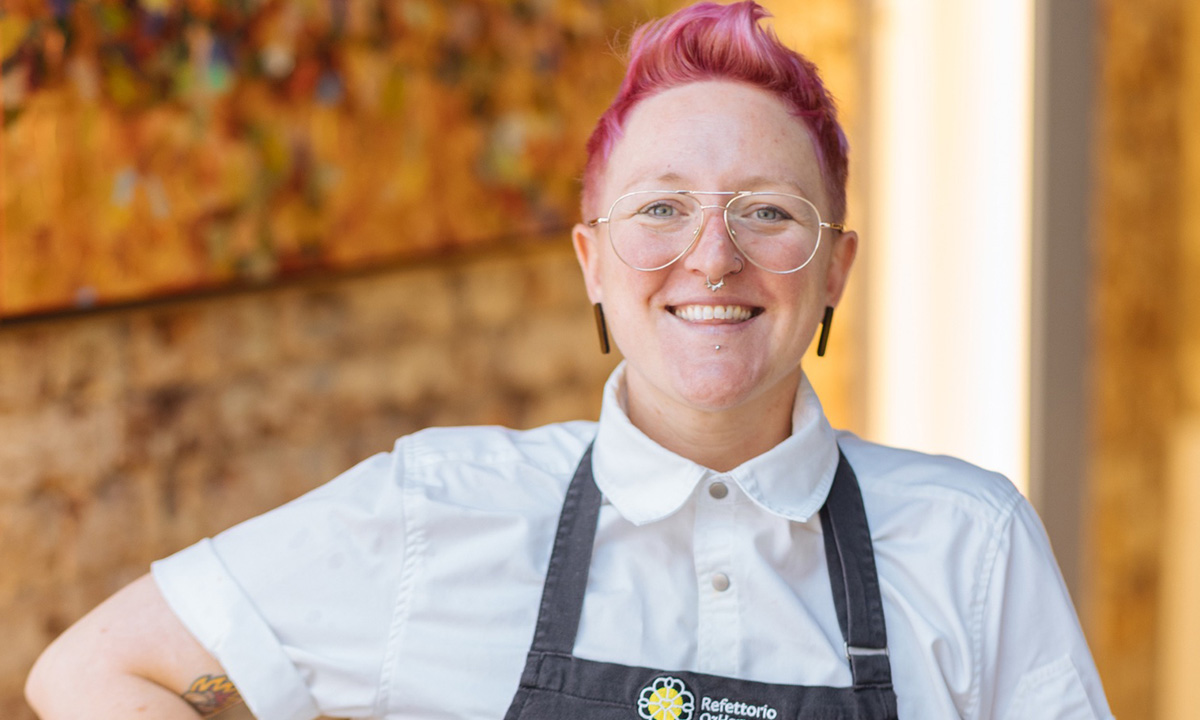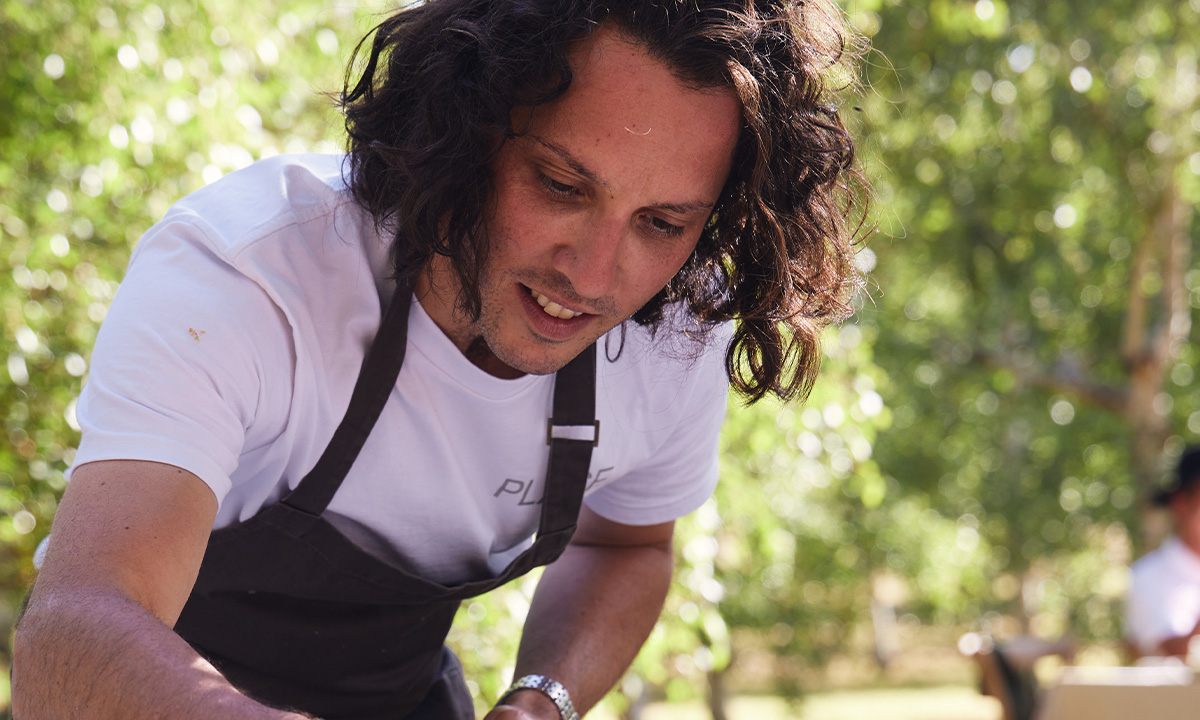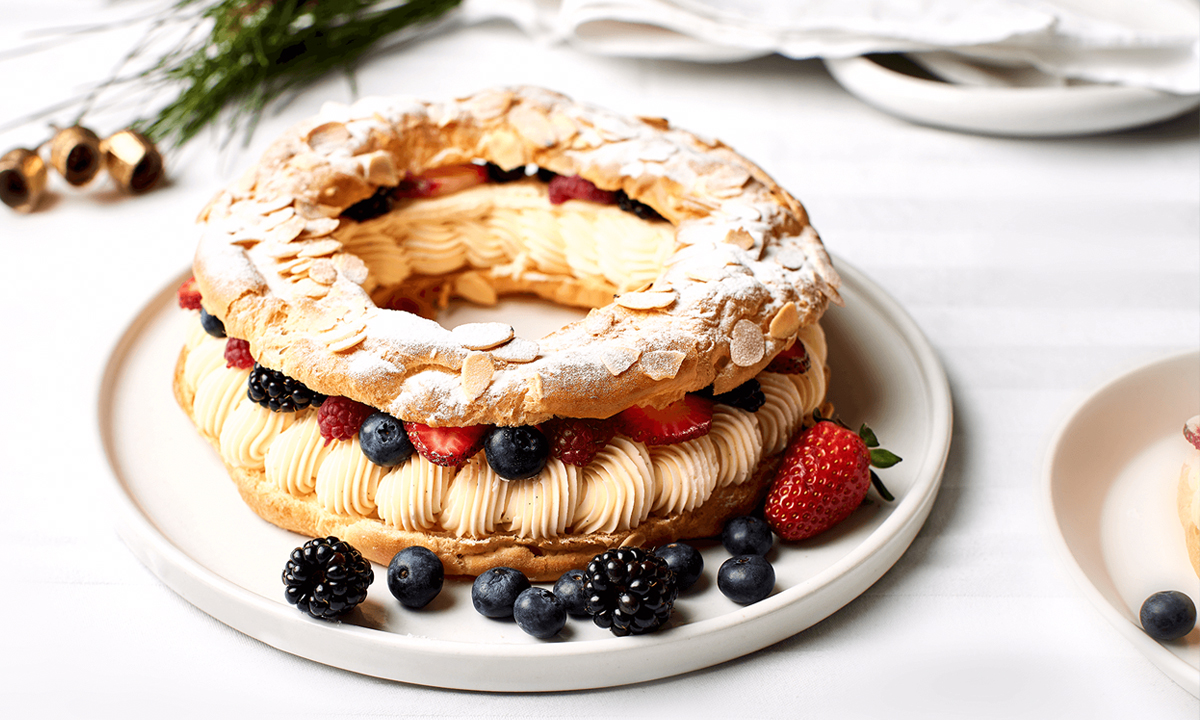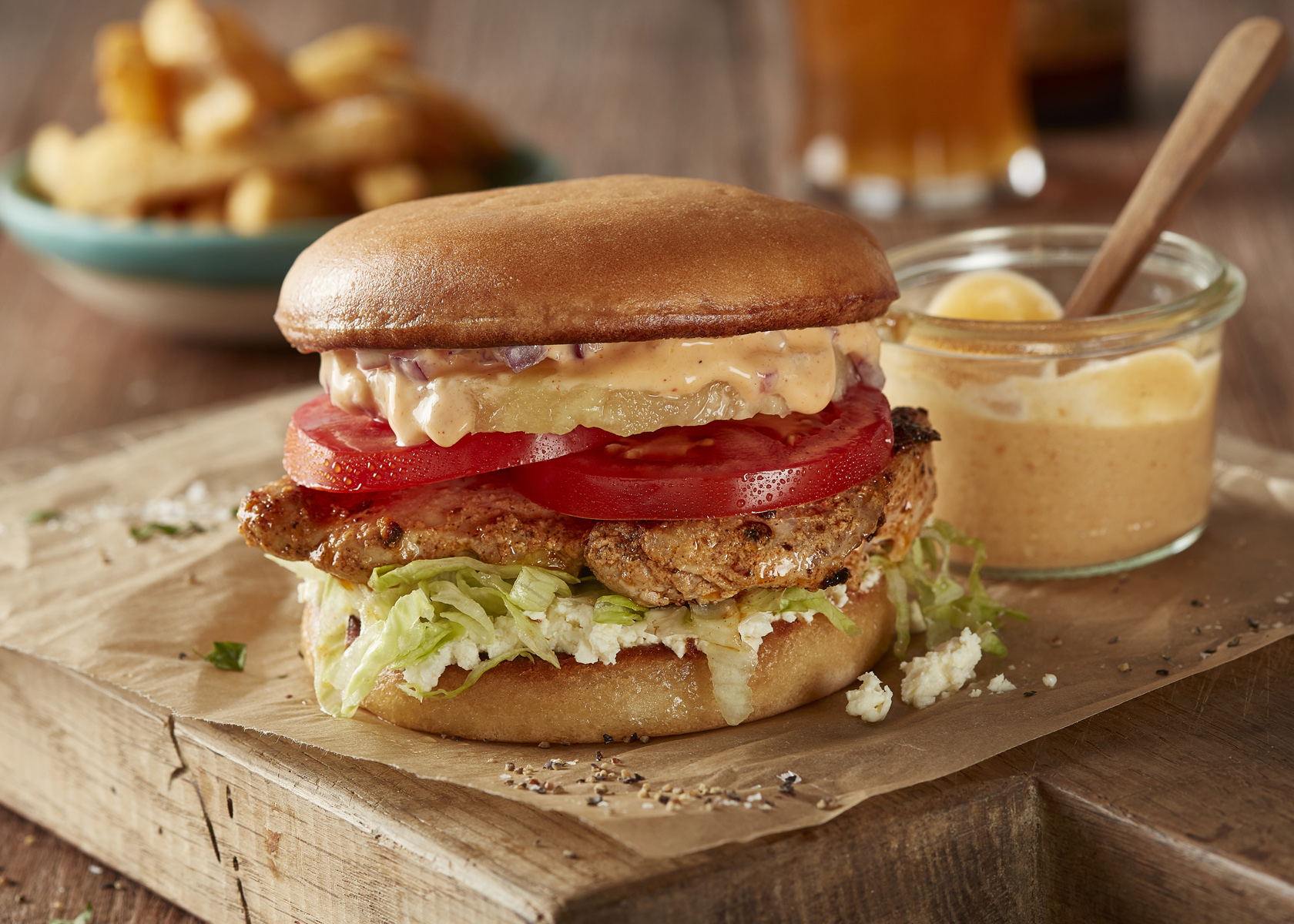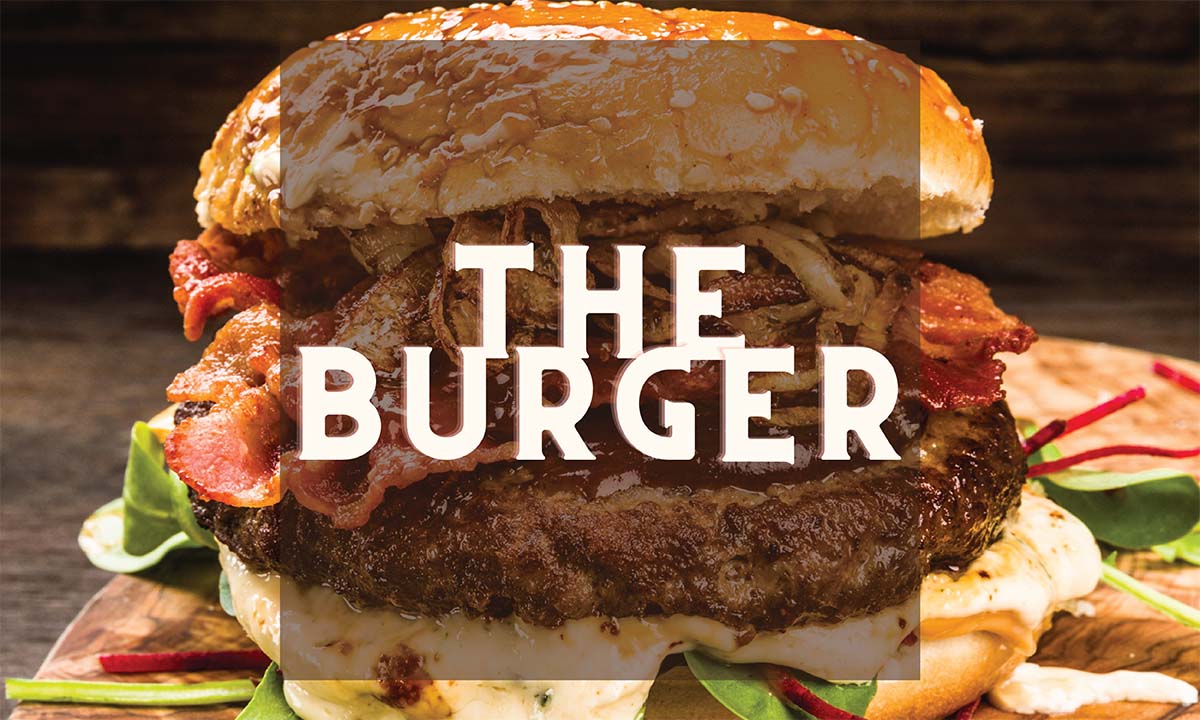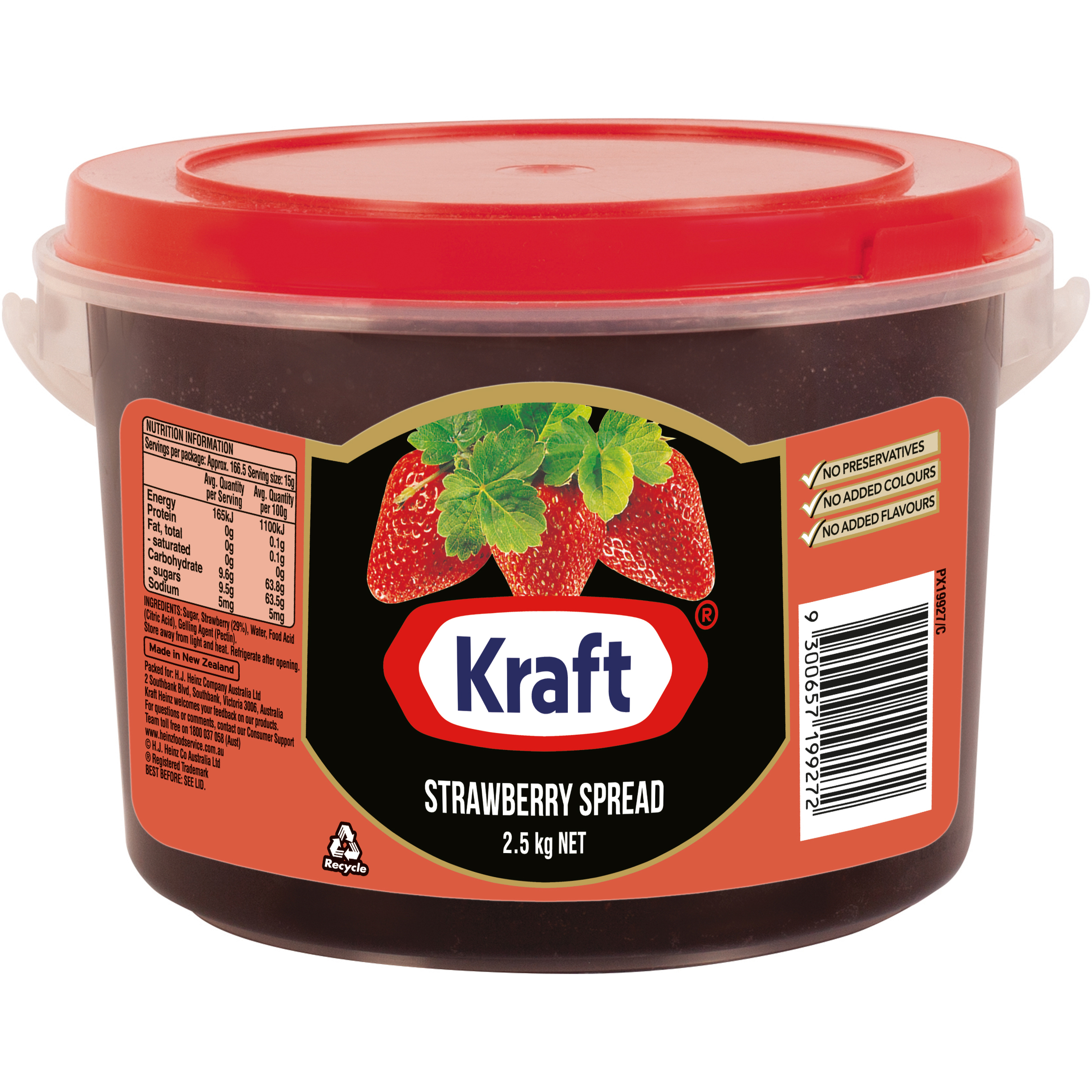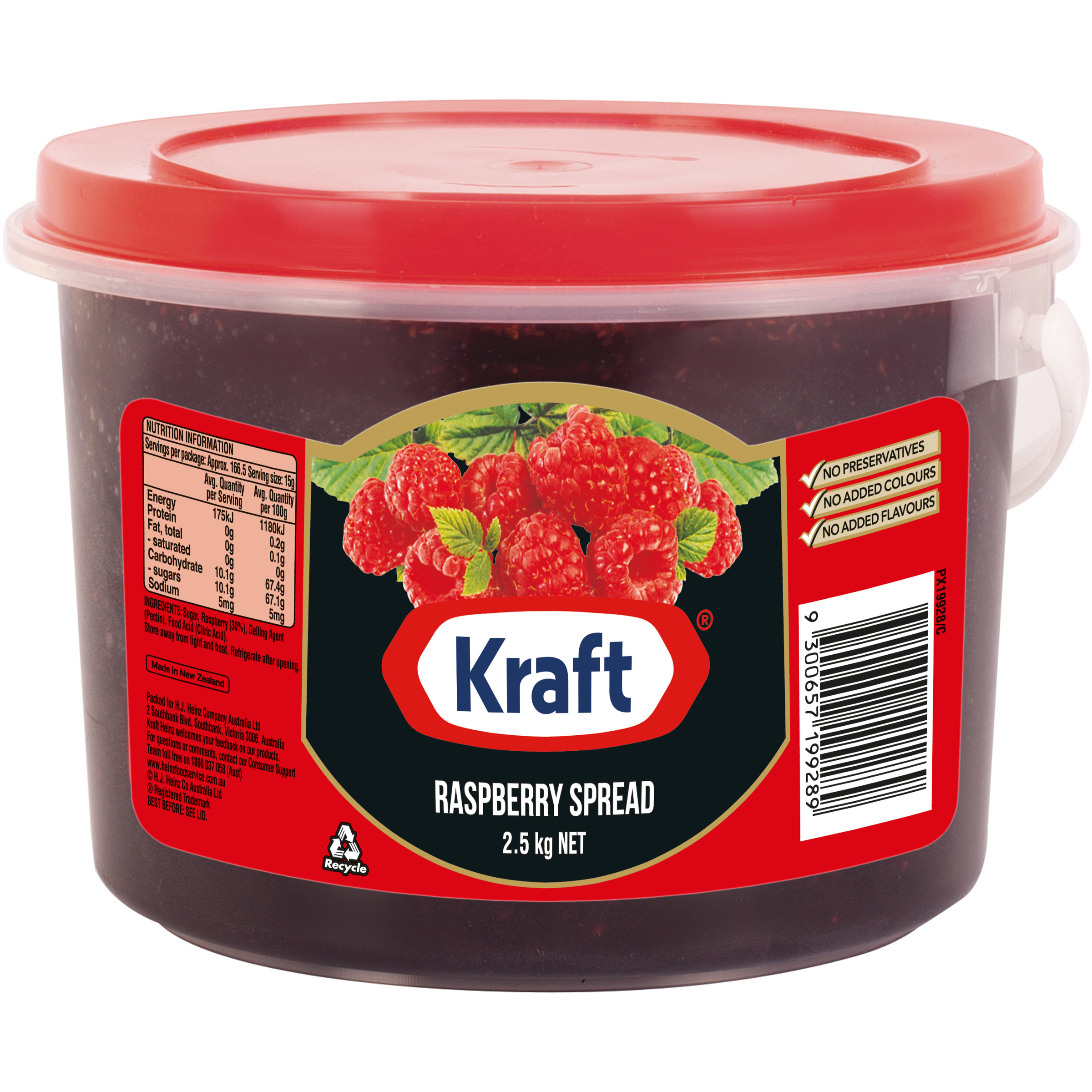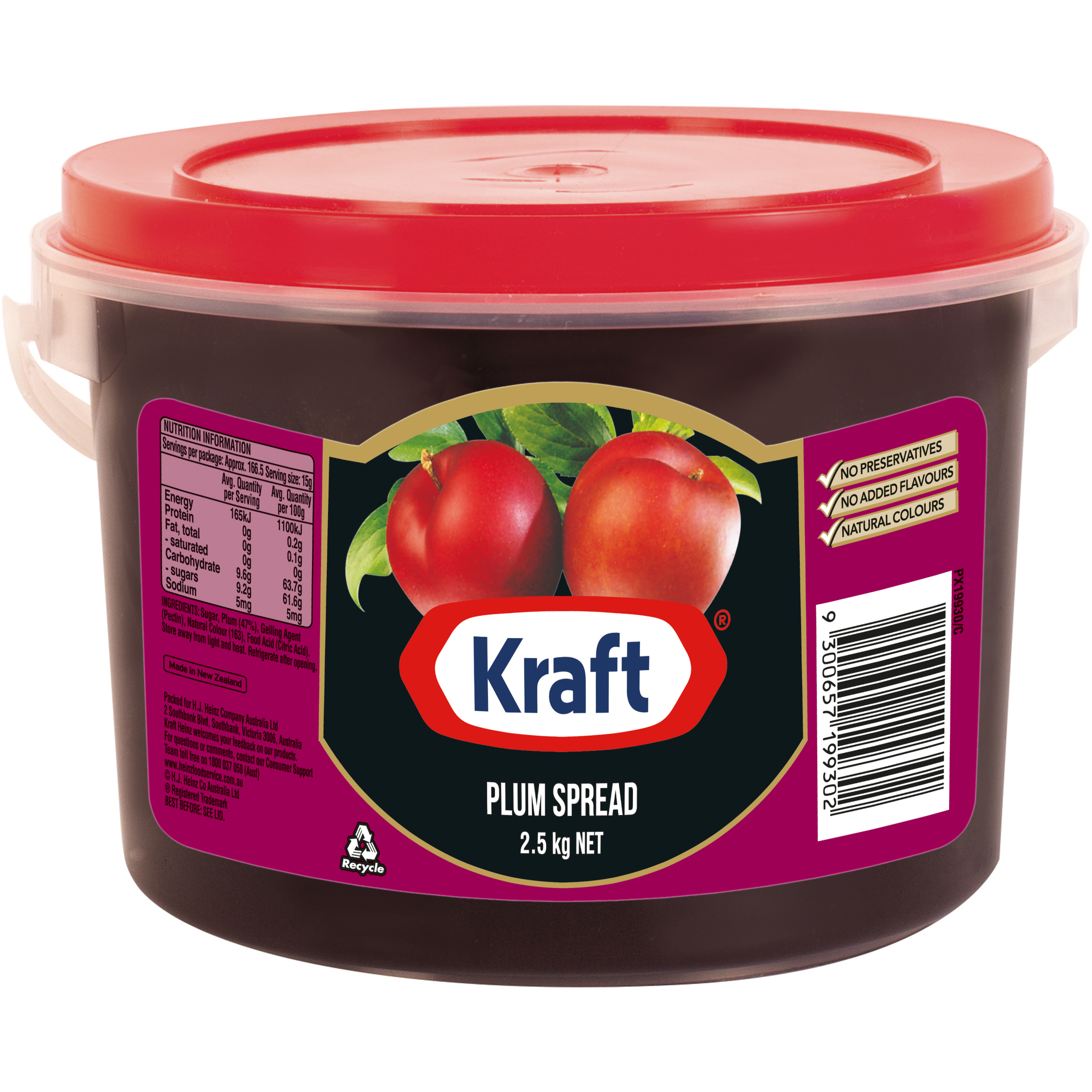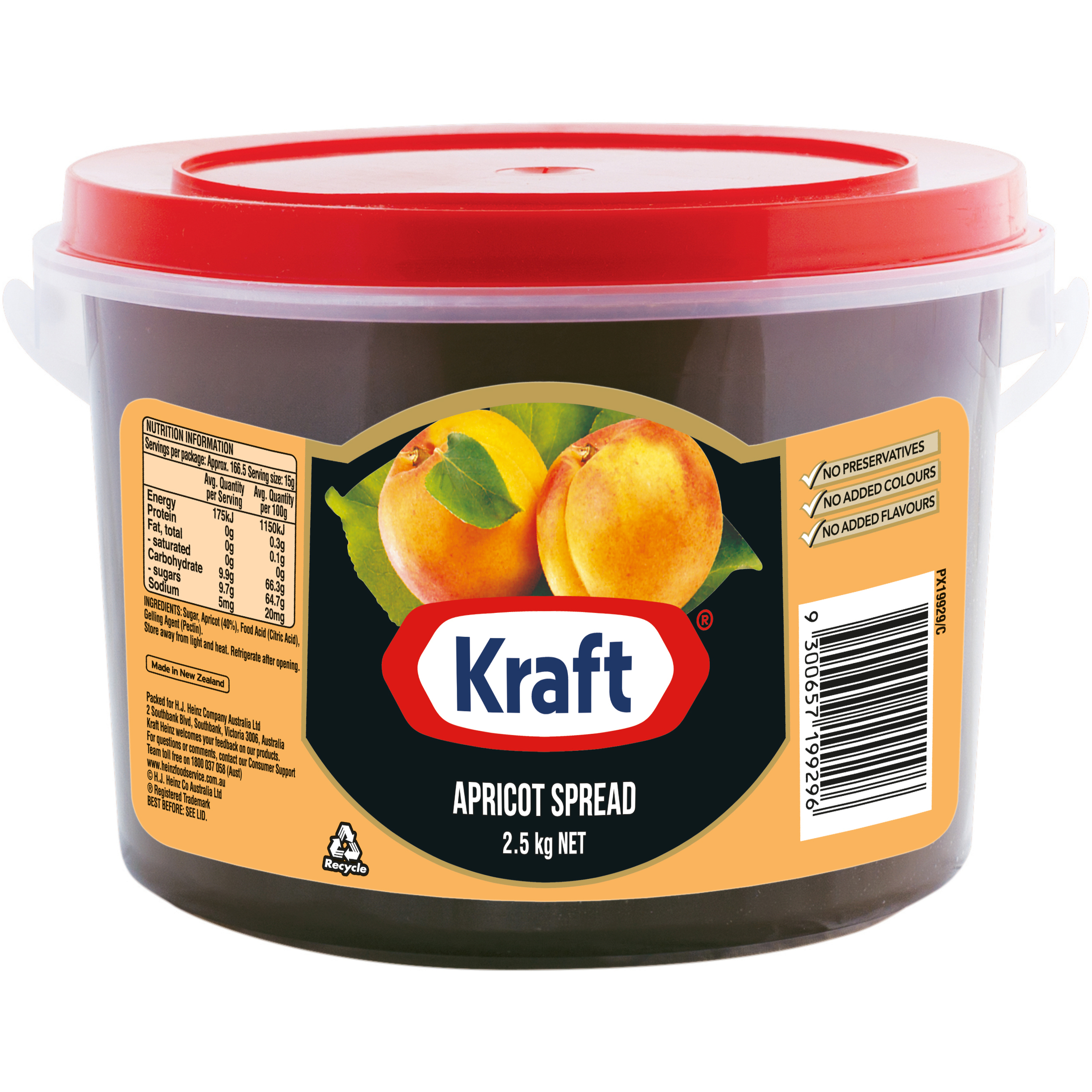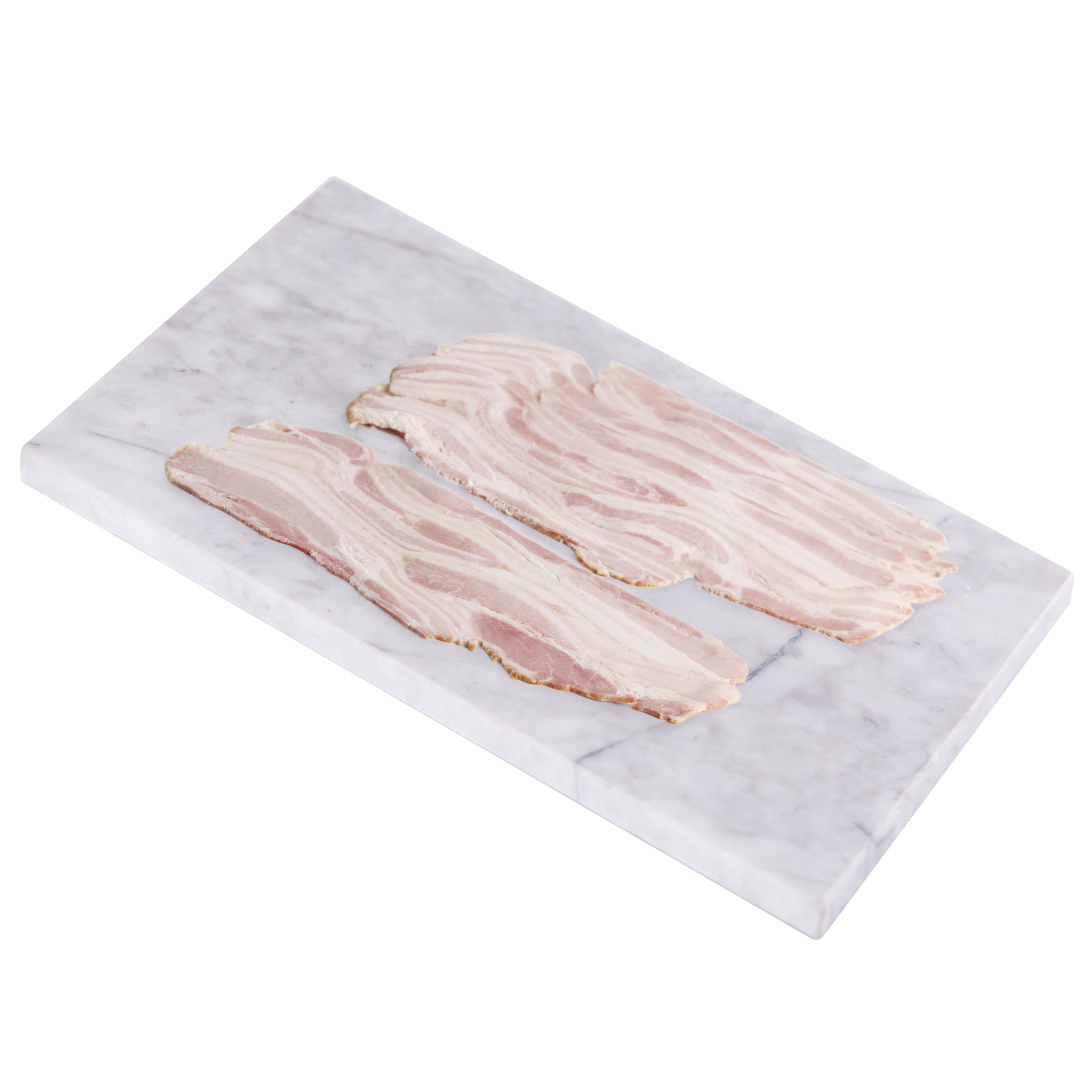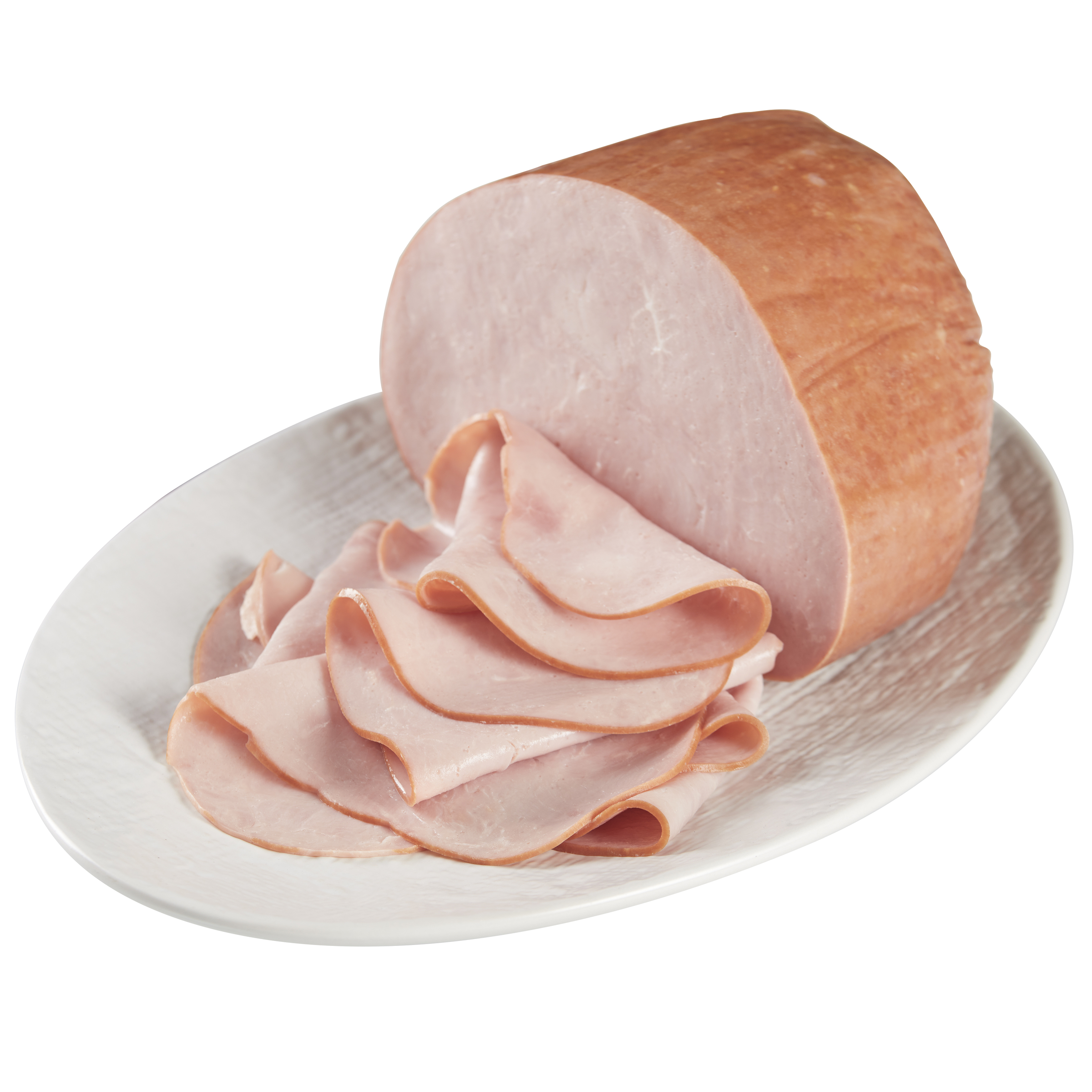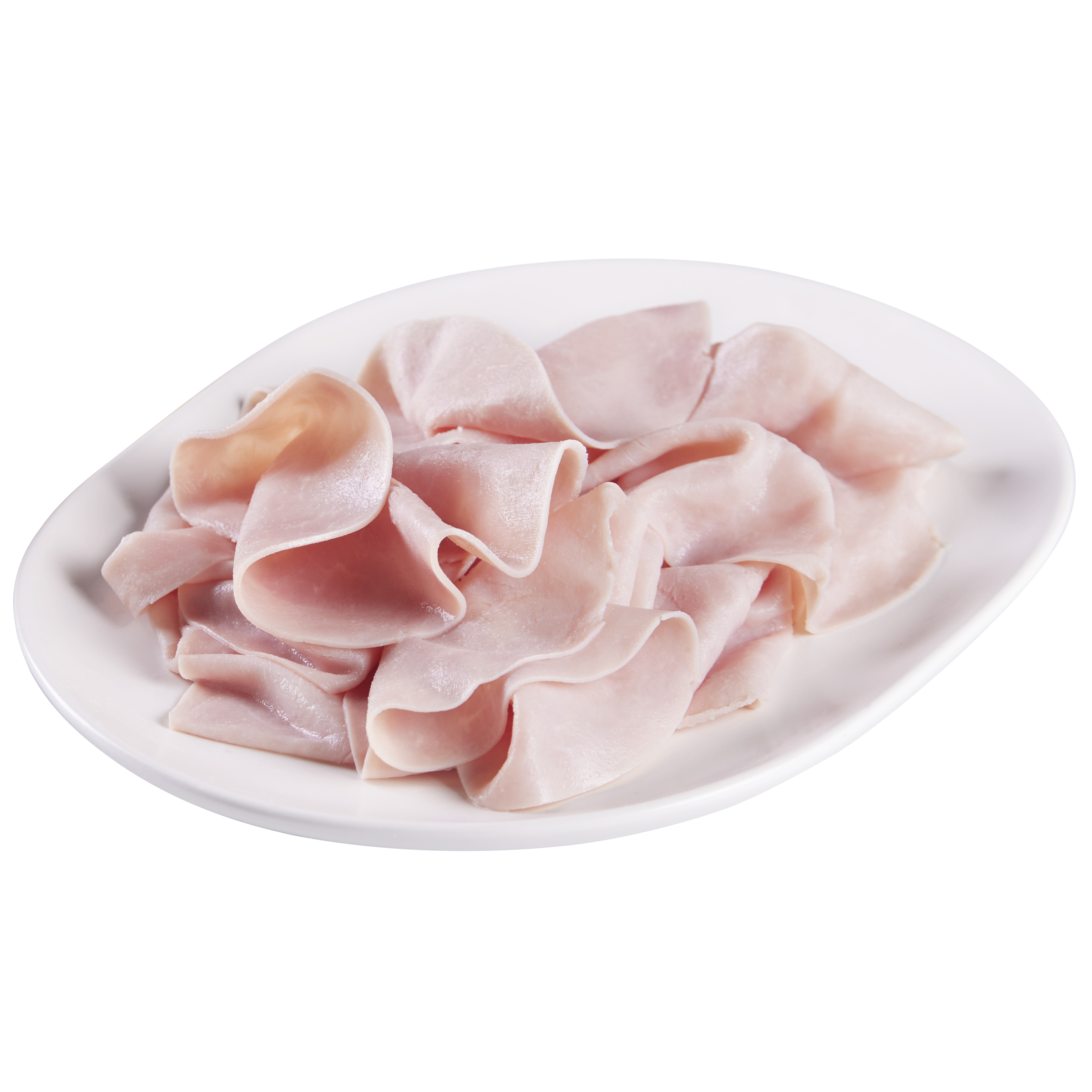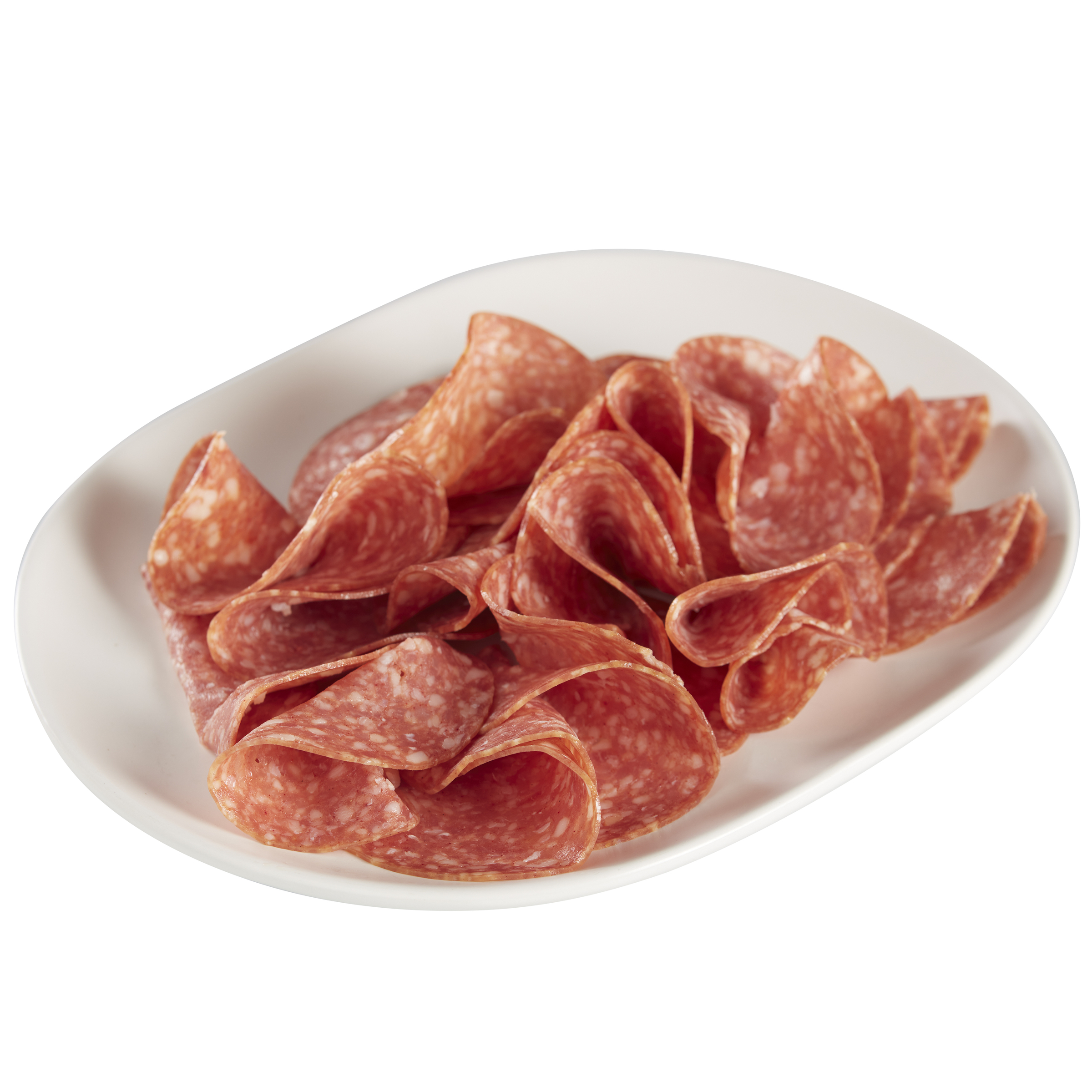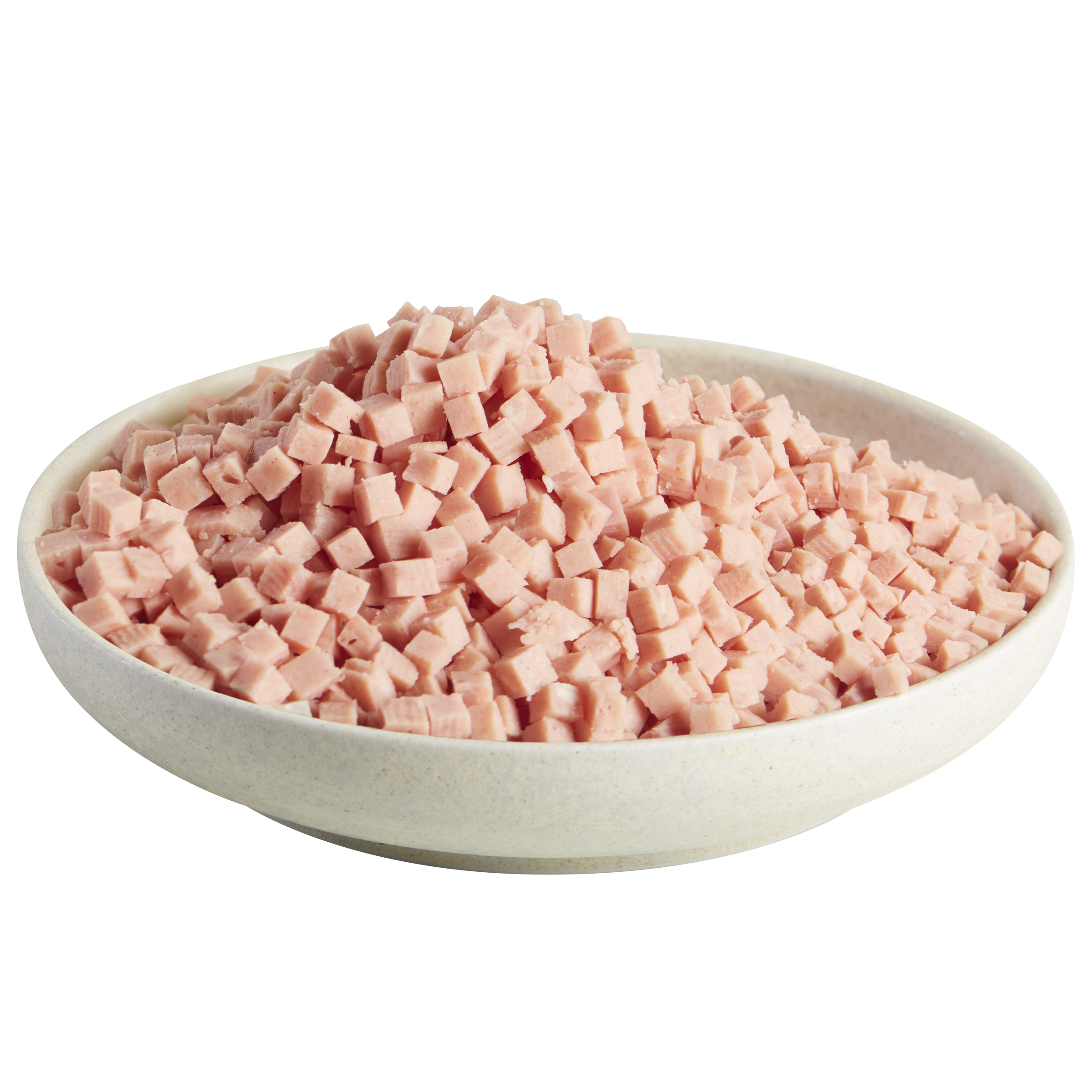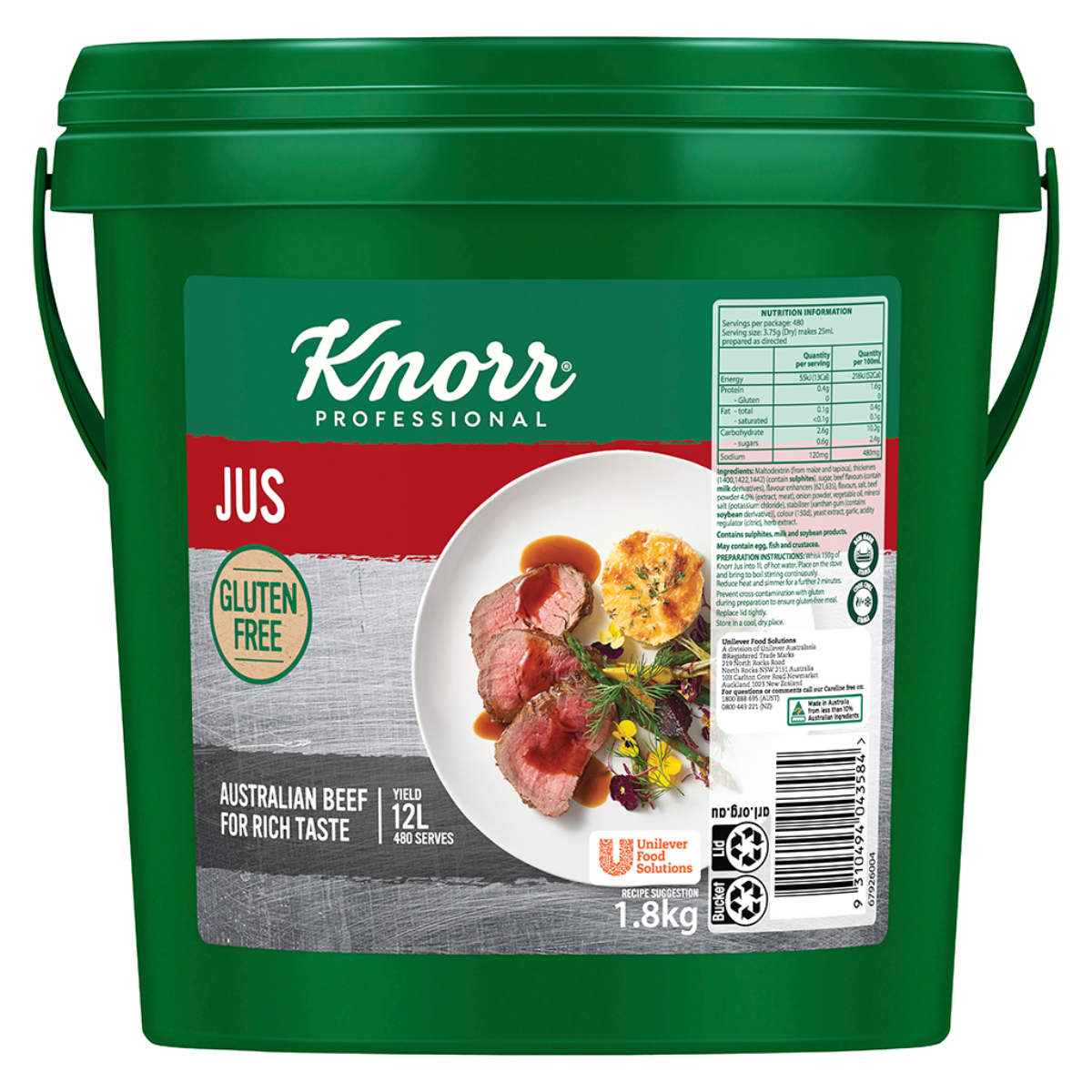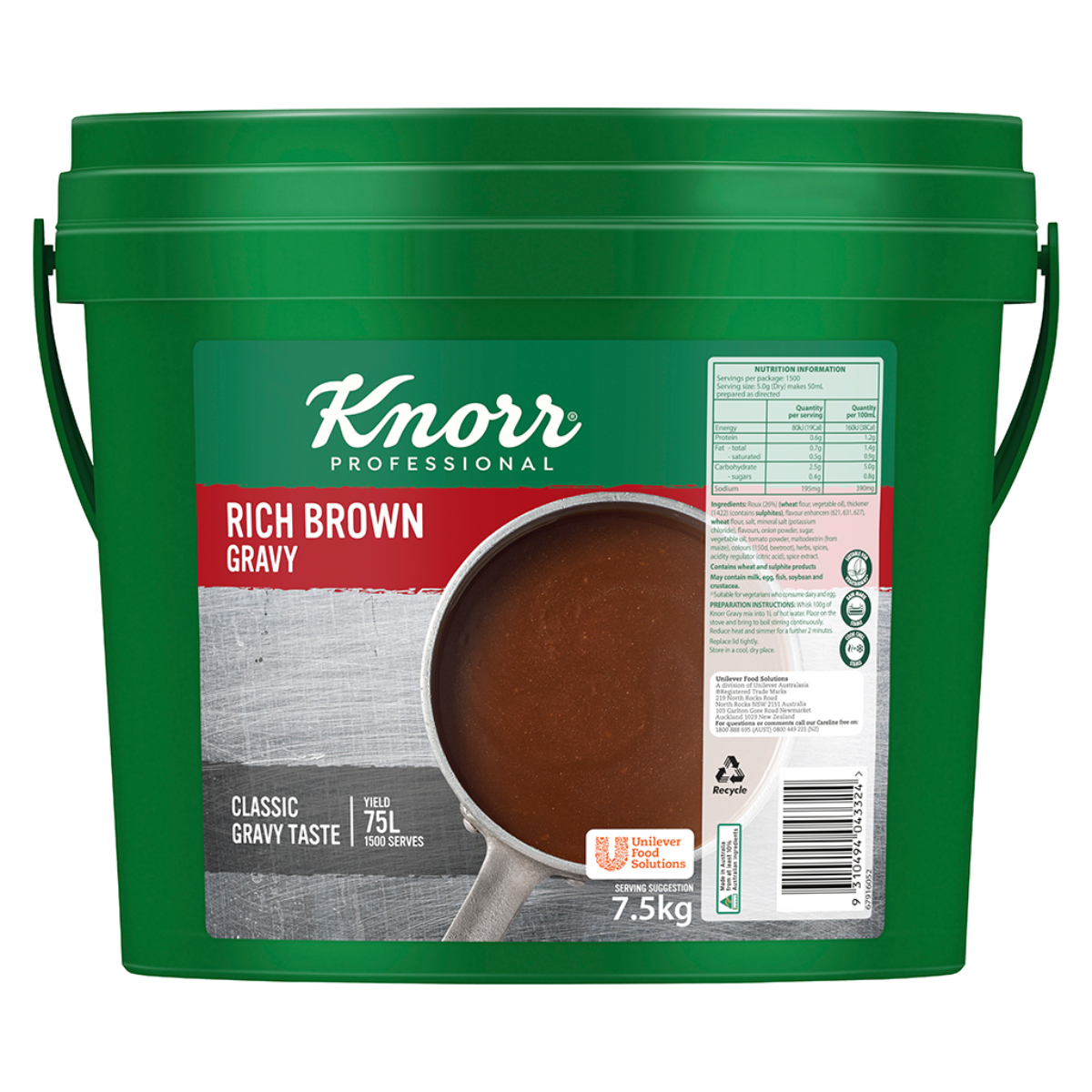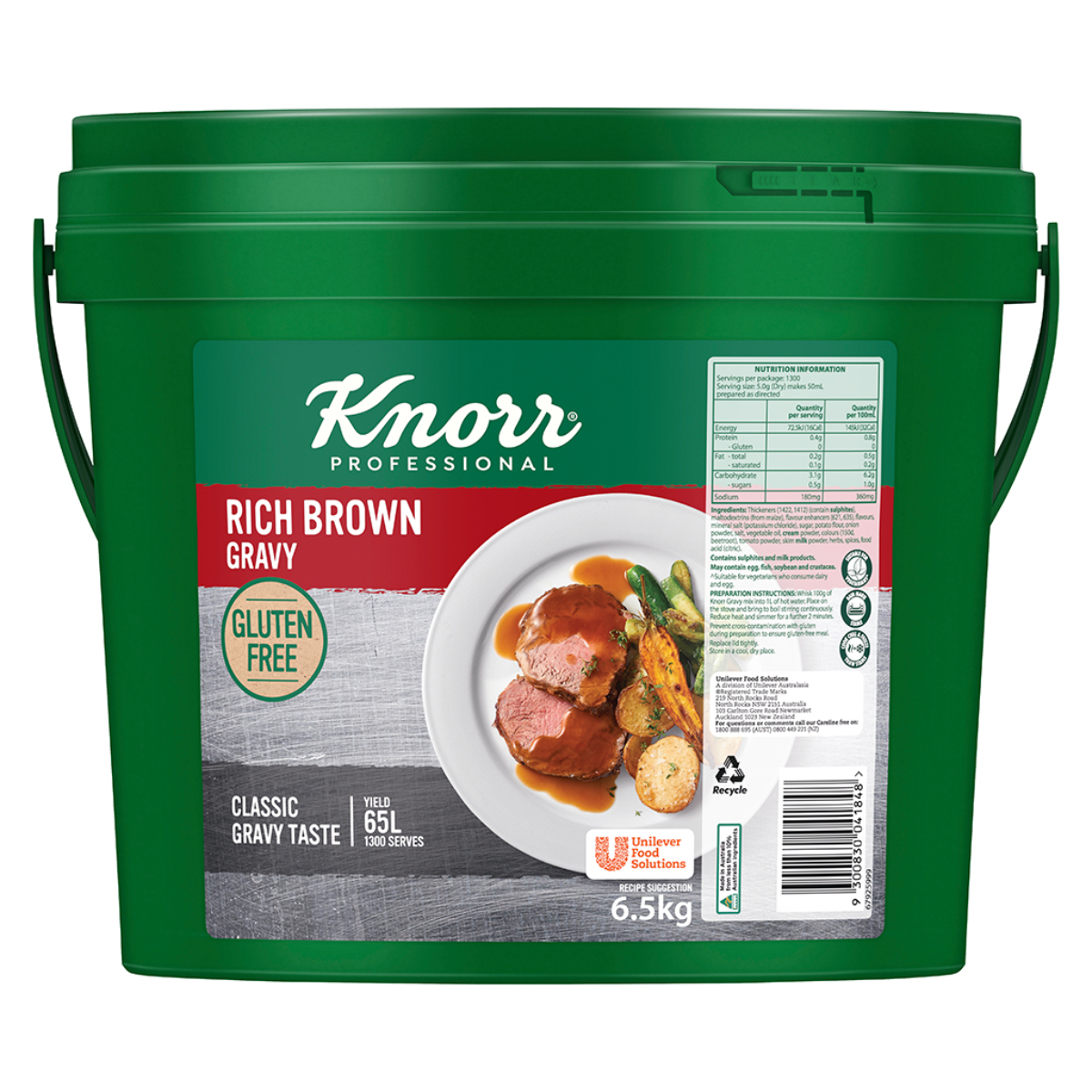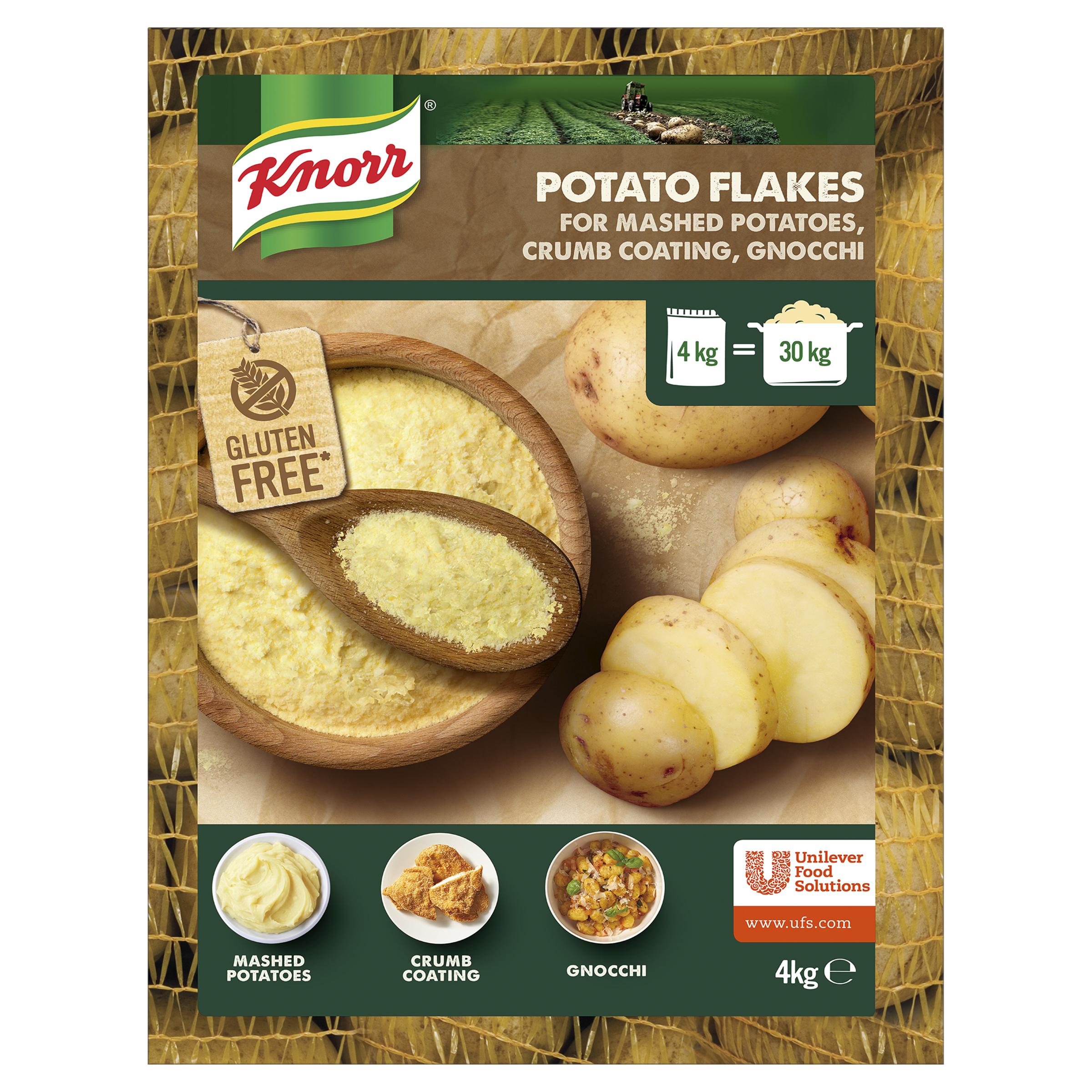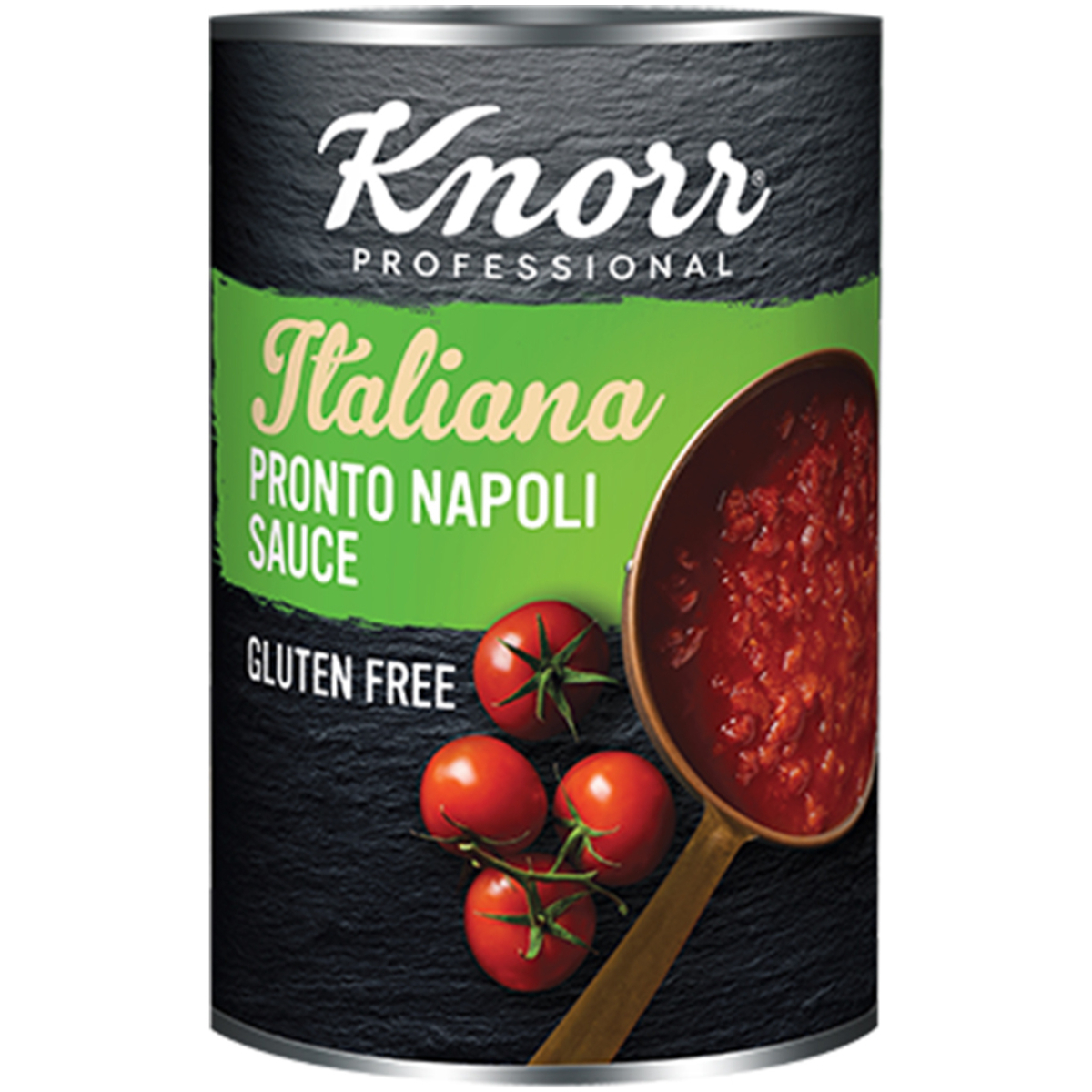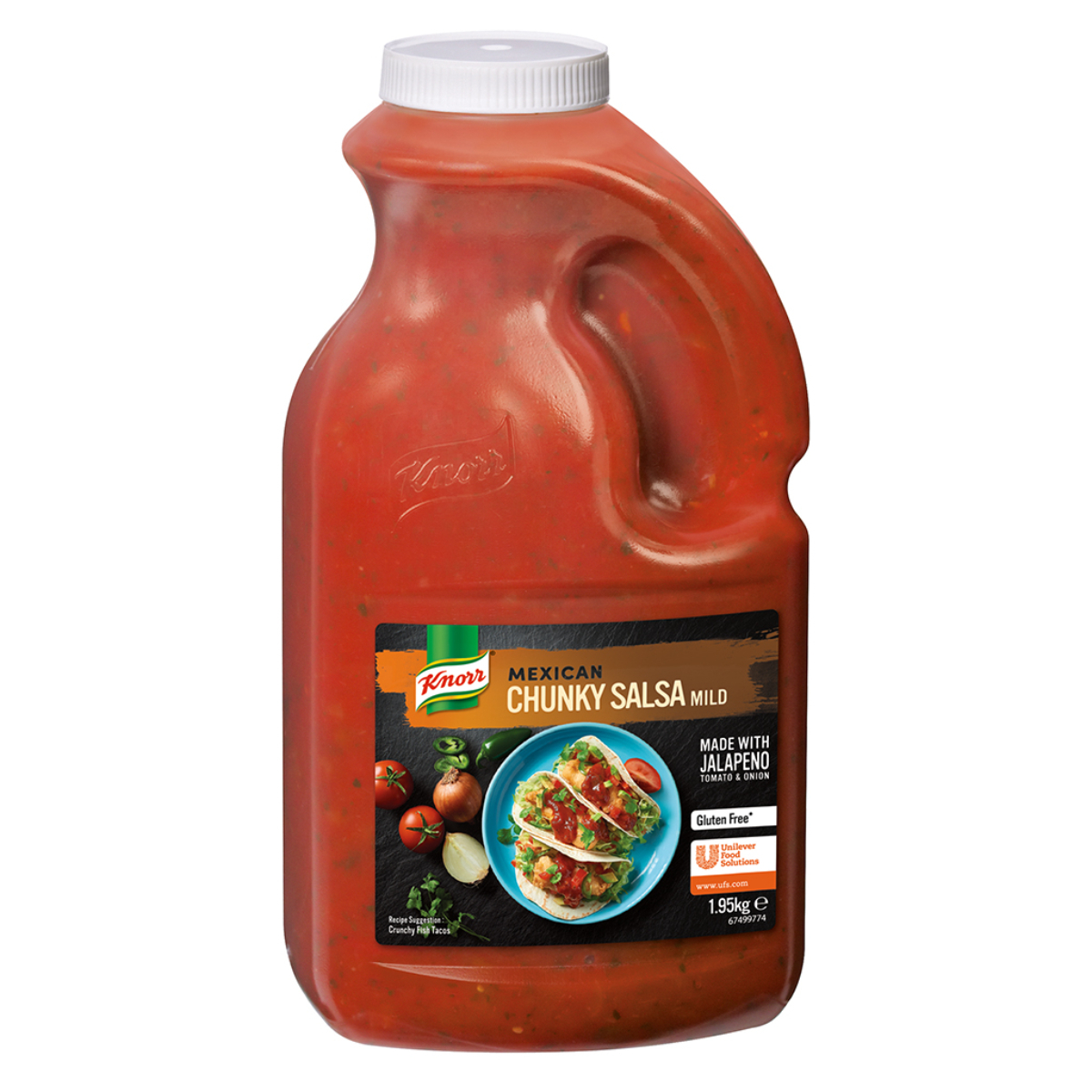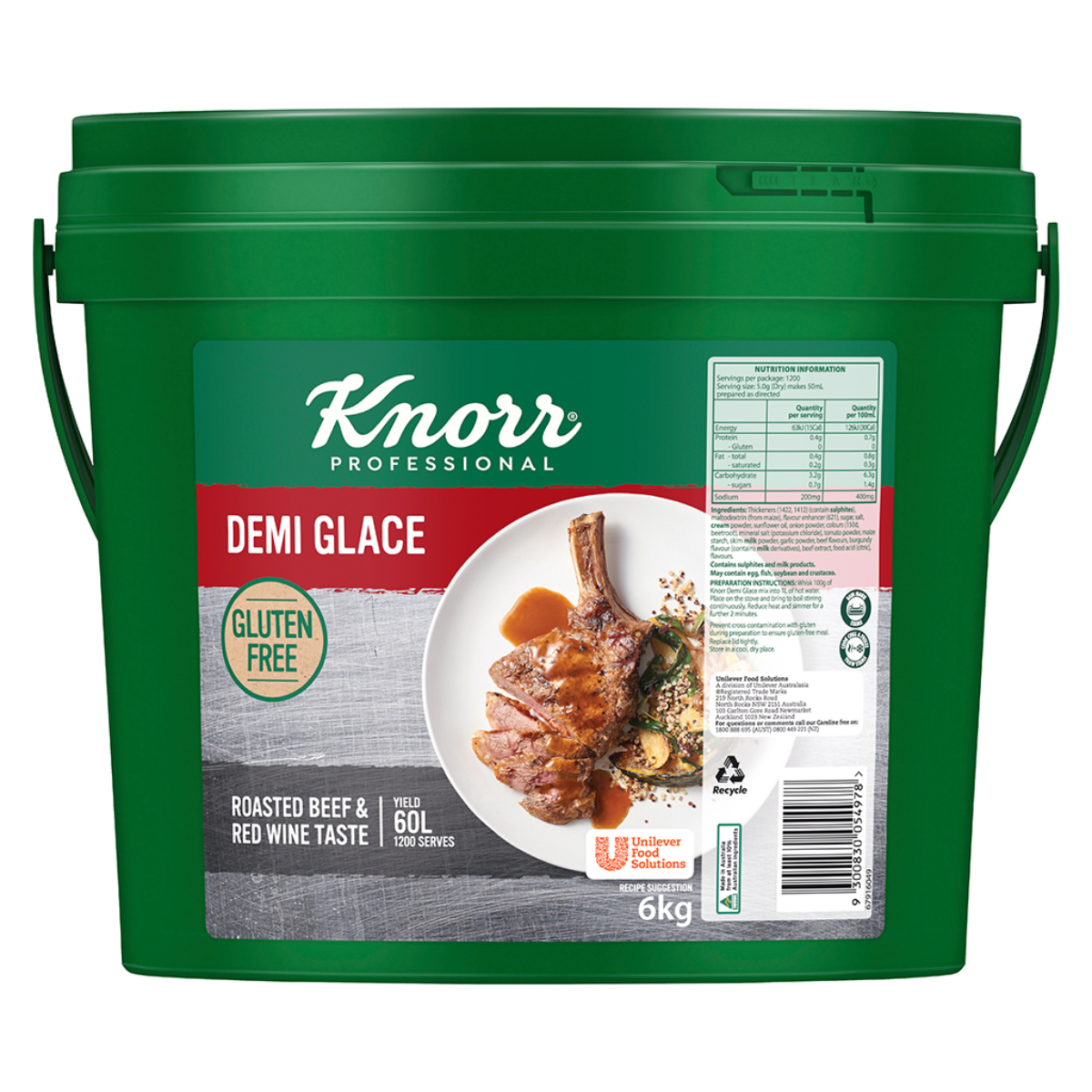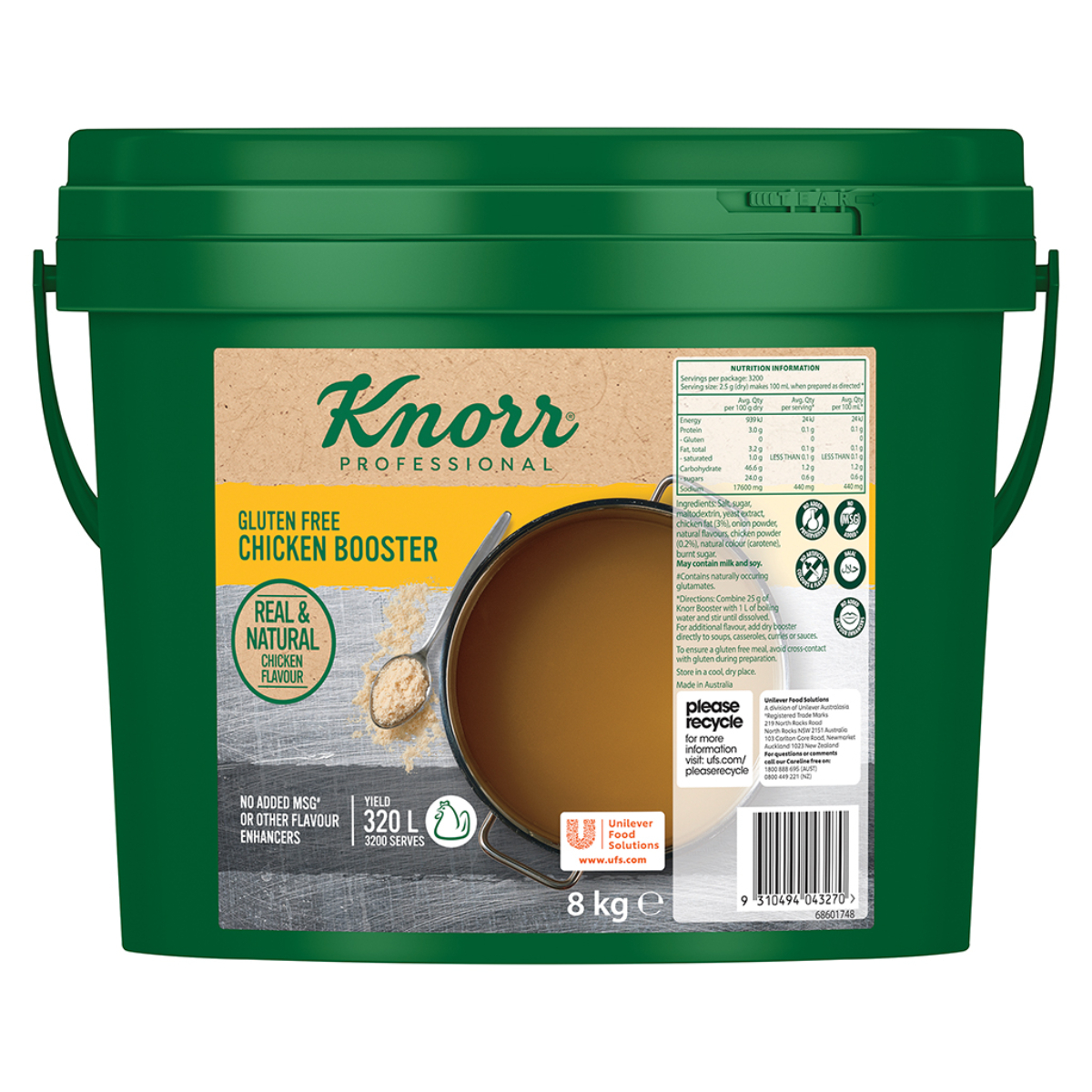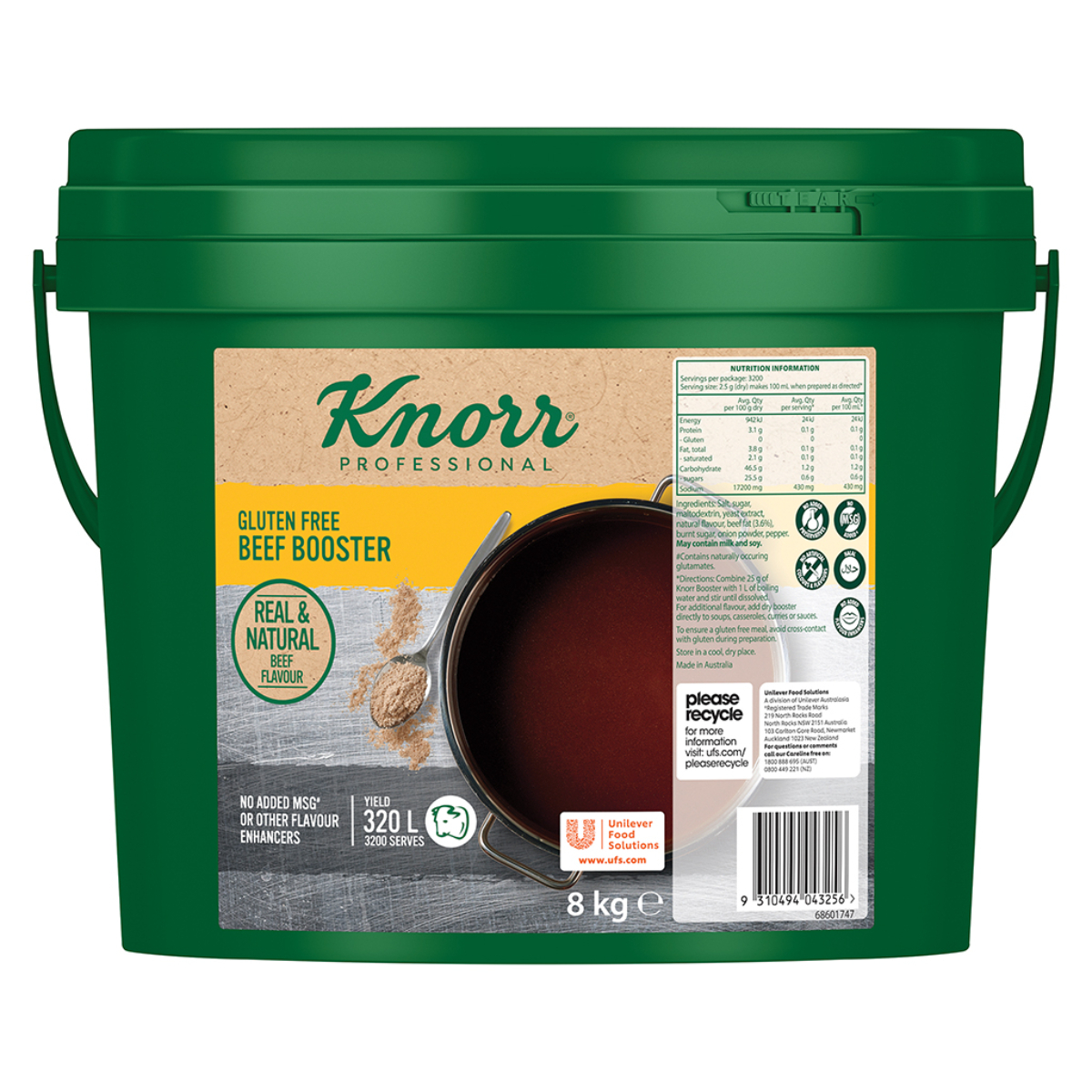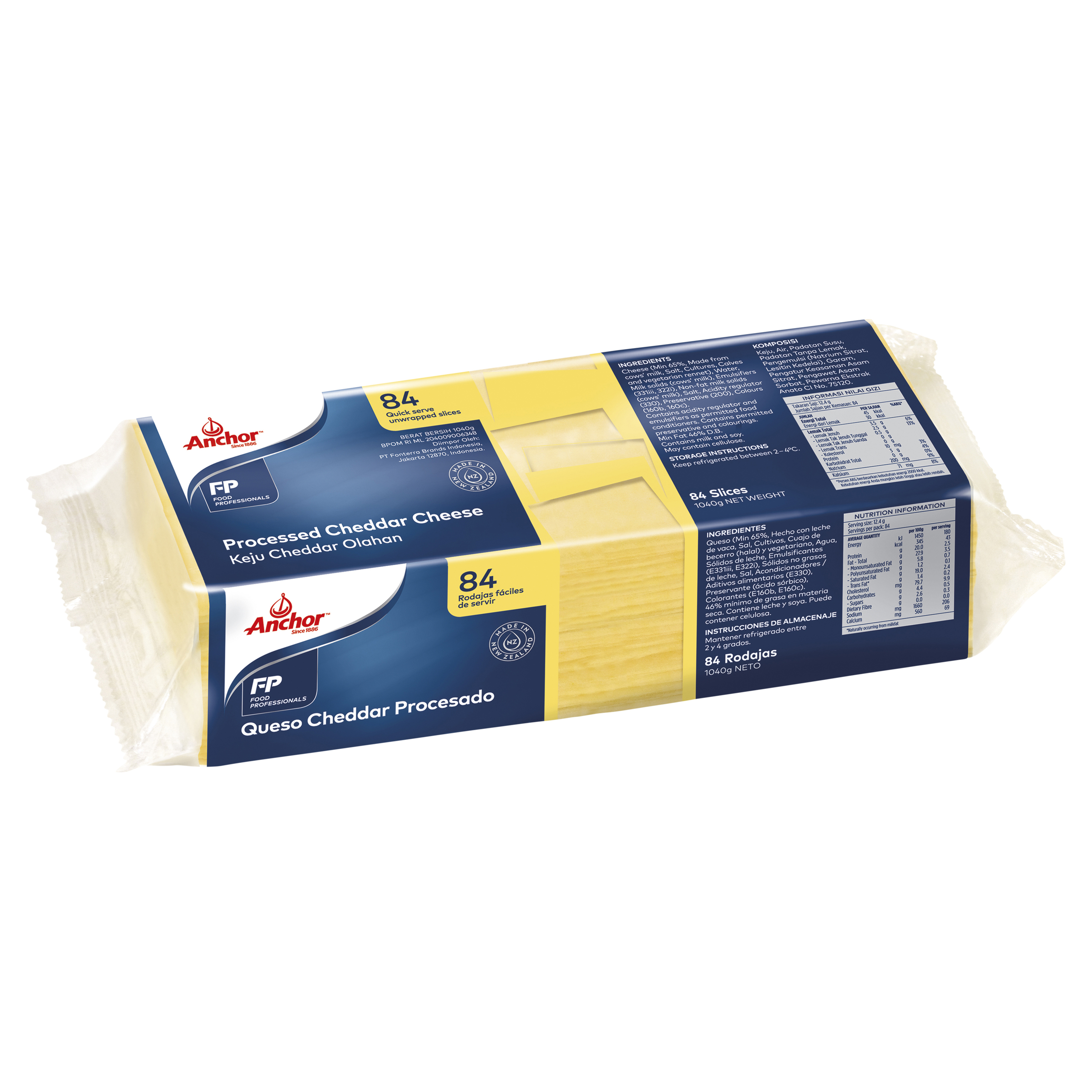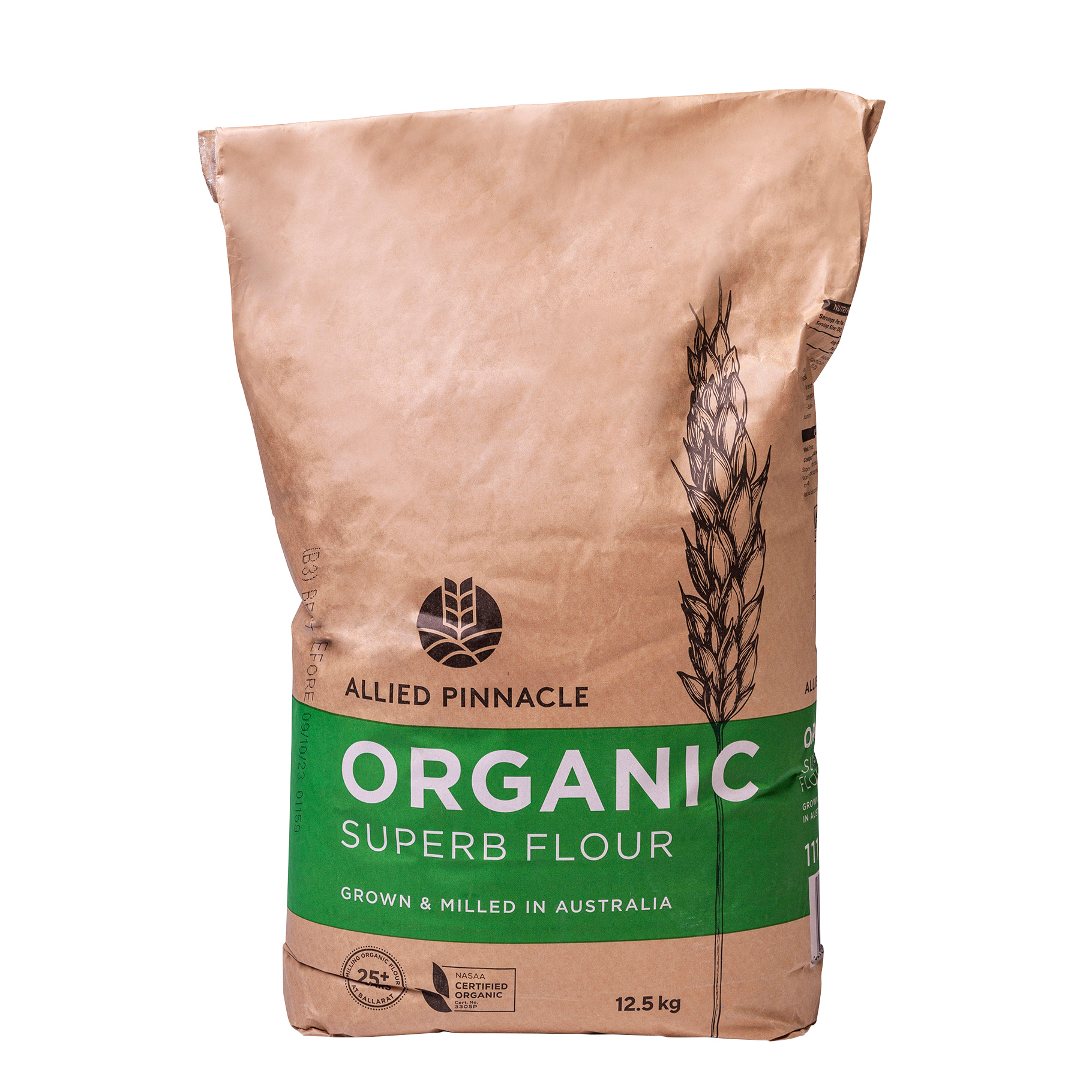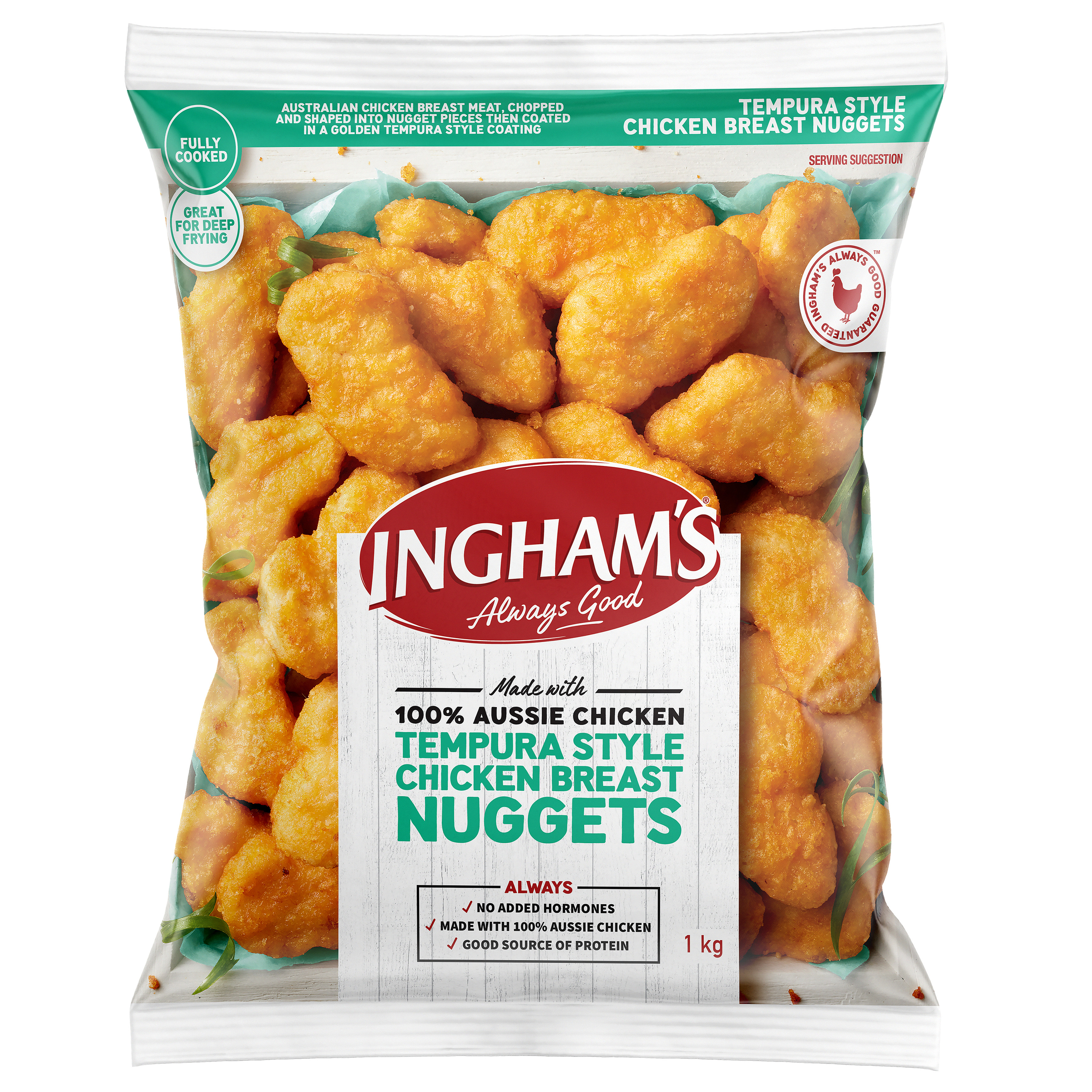Here’s a few stats to make you pause before turfing a crooked carrot. Up to 10 percent of greenhouse gases come from food that is produced but not eaten, resulting in more emissions than from flying, plastic production or oil extraction. Almost half of all fruit and vegetables produced are wasted. Food rotting in landfill produces methane, which is 28 times stronger than carbon dioxide.
As food trend setters, chefs are in a unique position to make a real difference to the world’s food waste problem. “Food waste is really expensive for a business and costly for the environment,” says Jo Barrett, chef and author of Sustain: Groundbreaking Recipes and Skills That Could Save The Planet. “Traditionally, a chef’s job is to utilise seasonal produce and know how to cook it with our skills. [Eliminating food waste] does take a little bit of planning, however we’re good at that – chefs plan, roster and schedule.”
Here’s some of the simplest things food service businesses can do to cut food waste.
Sort your systems
A bit of forethought can go a long way in keeping food waste at bay. “Be aware of your stock rotation and sell by dates,” suggests Stephen Clarke, executive chef of RAC Arena and Joondalup Resort. “Understand the economics of your business – what sells and what doesn’t. Don’t over-purchase and over-produce.”
Speak to suppliers
Jez Wick, head chef of Refettorio OzHarvest Sydney, suggests talking with suppliers about ways you can reduce waste. “A zero-waste system is achievable when you have a network of suppliers and a team committed to the cause – and the first step is engaging everyone in the process,” she says. “You can request for supplies to come in reusable, returnable pails and urns.”
Move your bins
Composting food scraps is essential, whether you have your own compost bins, use a council green waste service or engage a local company to collect your scraps for you. “An easy and quick move to make right now is to place your general waste bin in a spot that makes it hard to get to – keep your greens bin close and your general waste bin around the back of the building,” suggests Kane Pollard, chef-director of Topiary Dining. “When it takes a little more effort in the heat of the moment, we tend to be driven to make changes in the future.”
Think big
Add an extra step to your menu development. “We spend so much time during the menu testing process searching for flavour and visual appeal but we need to add an extra layer to that process, considering the whole plant or animal and how it can be used across the menu somewhere,” Pollard suggests.
Offer plant-based meals
Adding some bean dishes to your menu is a no brainer, according to Paul Newnham, founder of Chefs’ Manifesto and executive director of the Sustainable Development Goal 2 Advocacy Hub. “Beans, peas and lentils are an amazing food that are so good for us and the soil and use a lot less water than many other crops,” he says. “They compare well to beef for protein, are delicious and can fit into so many different cuisines – and they’re good to help balance a chefs’ budget.”
When more chefs can offer enticing ways to enjoy legumes, Newnham predicts a powerful ripple effect. “Chefs can be key actors in driving food trends,” he says. “People start to go, ‘Hey, this is delicious, why am I not eating more of this?’”
Think creatively
From “ugly” fruit and vegetables to pasta scraps, Newnham encourages chefs to minimise wastage while maximising value. “Wonky vegetables can be put into stocks and sauce and offcuts from the pasta machine can make interesting-shaped pasta,” he says. “The chef Connor Spacey, author of the book Wasted, has used coffee grinds in marinades and brownies. I’ve seen other chefs dehydrate onion skin to make onion salt and boiled banana skin as a garnish for brownies.”
Tweak your offering
If you notice customers often leave half a dish on the plate, Clarke suggests reworking it. “Consider what dish on the menu has the most waste coming back to the kitchen and adjust your portion size,” he says.
Barrett offers a small menu at her Lorne restaurant, Little Picket, using local produce they mostly grow themselves. “We don’t really have food waste because we have such a small menu,” she says. “When you grow something, you’d never dream of throwing it out because you can see the inputs that go into it in terms of water, resources and time.”
Learn to preserve
When you’ve got excess produce or things going limp, creative chefs can find ways to repurpose. “Fermentation, pickling and dry ageing are really important and you can put it back onto your menu,” Barrett says.
Why not delegate to an enthusiastic team member? “Ask one of your chefs to learn about pickling and fermenting and understand what they can use instead of throwing it away, and let them share [their knowledge],” Wick suggests. “Ignite passion and joy about [food waste reduction] with other chefs.”
Give customers choice
Can you reduce the amount of packaging you provide? “Can you provide refillable condiments or only give people coffee lids and napkins when they ask?” Newnham says. “A lot of chefs start with an idea [about sustainability] then it becomes part of their brand and what their restaurant is about – it becomes a mission for their [work and] how they think about their craft and give back.”

